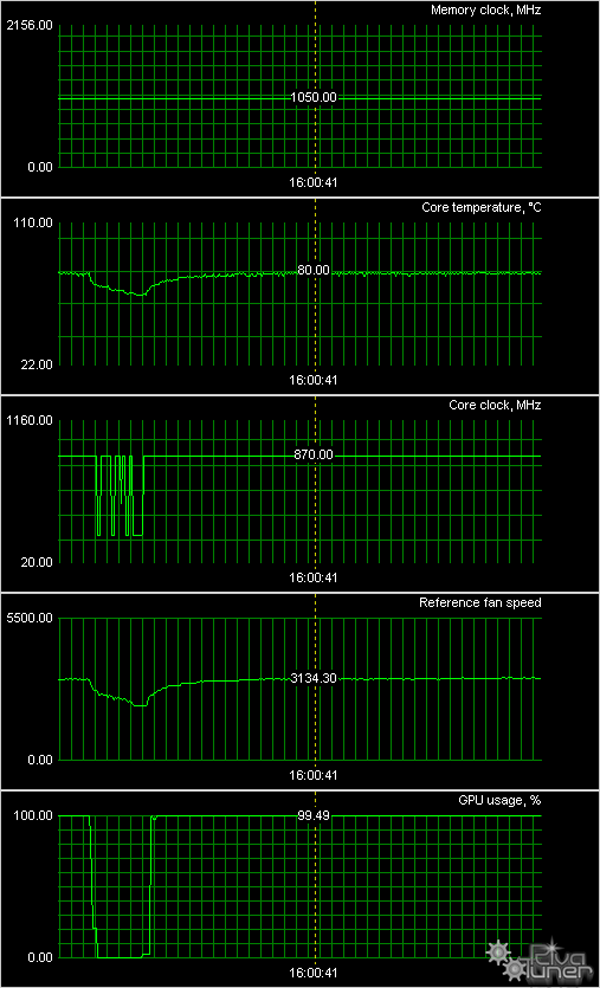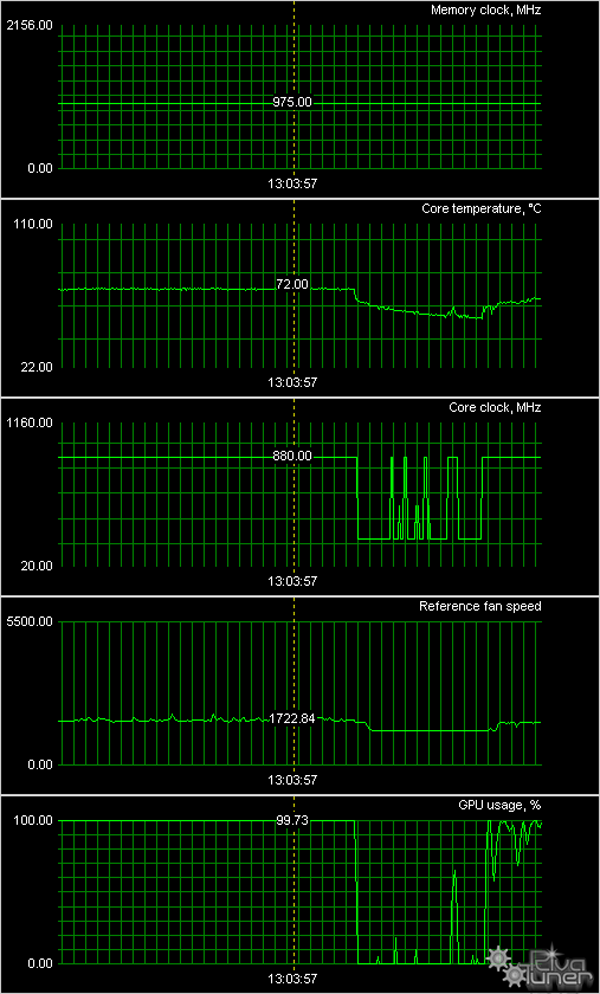ATI RADEON HD 4890 from Sapphire and MSI
|
Cooling
| Sapphire HD4890 Vapor-X (RADEON HD 4890) 2048MB |
The highlight of this Vapor-X cooler is its evaporation chamber. Operating principle of the Vapor-X cooler is based on evaporation of the liquid coolant on the hot surface. Resultant vapor condenses on the cool surface, and then the liquid is routed to the hot surface again. This recirculation occurs inside a vacuum chamber, controlled by a complex capillary system. Vapor-X chambers are very thin, and they are mounted on a GPU to touch the die.
This device cools the core and memory chips. The evaporation chamber is assisted by a large heatsink with a slow quiet fan in the center. A passive heatsink is installed on the back side for memory chips. |
 |
 |
| Sapphire HD4890 Vapor-X Toxic (RADEON HD 4890) 1024MB |
The cooler is based on the same principle, it cools the core and memory chips. Only the heatsink has a different shape -- it runs along the entire card. |
 |
 |
| MSI RADEON HD 4890 Cyclone 1024MB |
This round cooler services only the core. It uses heat pipes to deliver the heat to plate heatsinks installed on the pipes and cooled by a large slow fan. So this cooling system is practically noiseless. However, it does not cool memory chips, so you cannot play with memory overclocking here. |
 |
 |
We monitored temperatures using RivaTuner. As both cards are just copies of the same design and they operate at the same frequencies, we'll publish common results).
Sapphire HD4890 Vapor-X (RADEON HD 4890) 2048MB
Sapphire HD4890 Vapor-X Toxic (RADEON HD 4890) 1024MB
MSI RADEON HD 4890 Cyclone 1024MB
As we can see, all cooling systems demonstrate the highest efficiency, remaining practically noiseless. A special note should be made of Sapphire HD4890 Vapor-X Toxic (RADEON HD 4890) 1024MB operating at very high frequencies (core). And yet, it does not overheat.
Write a comment below. No registration needed!
|
|
 |
|
|
|



